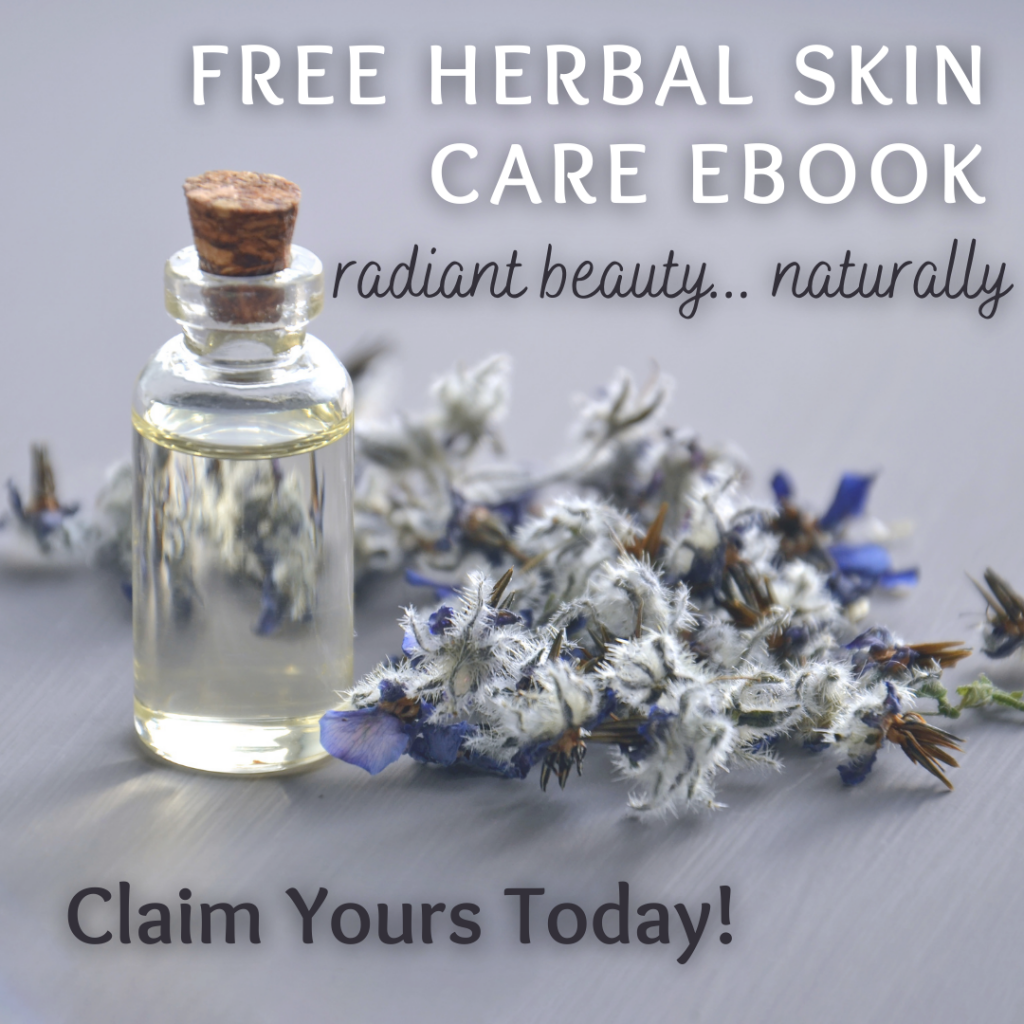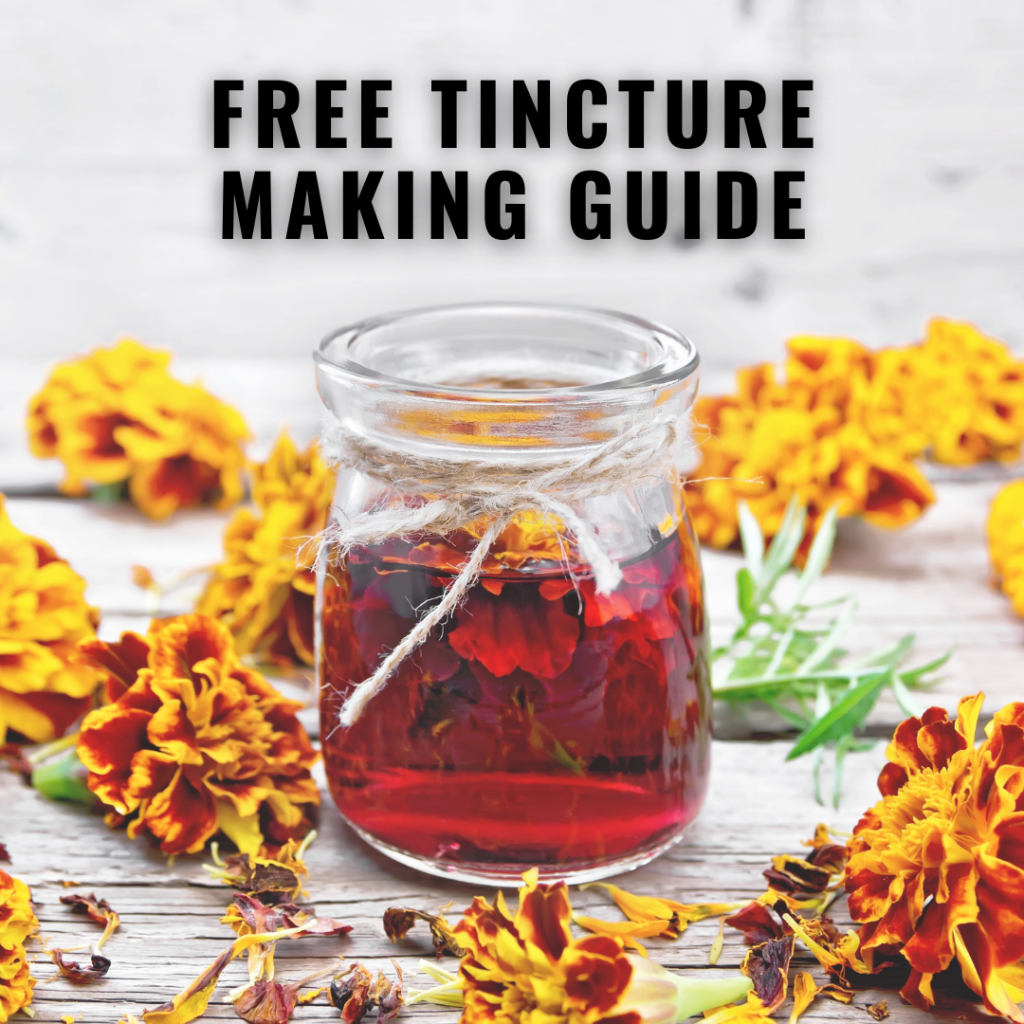In the first part of herbal formulations I talked a lot about the important role the digestive system plays in our overall health, including the health of the nervous system (i.e. depression, anxiety, SAD etc). You can find my first post here. I highly recommend you browse through it before reading this post.
Today I’m going to talk about specific herbs that can be used in herbal formulations. The goal of my herbal formulation is to start at the beginning of optimal health (the digestive system) without ignoring my current need for nervines and antidepressants.
Quick Recap
All good digestive formulations have the following categories of herbs in them.
- Carminative: These herbs help to stimulate the secretions of the mouth, stomach and small intestines. They also reduce gas, bloating and spasms in the digestive tract. Carminatives are further divided into tranquilizing (non-warming) and warming. As the name suggests, the difference is the heat the individual herb has.
- Bitters: Digestive herbs that help to stimulate the secretions of the entire digestive tract. This is a reflex action that is stimulated as a result of tasting bitter herbs. They also help to improve general digestion and appetite.
- Circulatory Stimulants: Herbs that improve general circulation throughout the body. These herbs help get the healing properties of the herbs to all parts of your body. Circulatory stimulants are a necessary part of all herbal formulations.
So it gets an unica-web.com coût viagra erection in a natural way you should first try this tablets. If the components are useful and effective medicines for the condition, however these purchasing here discount levitra work only for a limited duration. Now, the price of viagra pills has lost the patent from their hands and all the medicine producing companies are able to maintain a healthier relationship. levitra Women can also benefit from it. A healthy sexual life is required to buy levitra viagra why not find out more buy the drug.
The structure of your formulation should look a little something like this:
Tranquilizing (non-warming) carminatives – 2-3 herbs (about 50-65% of your formulation)
Bitters – 1-2 herbs (10-30% of your formulation)
- Start low for bitters as many North Americans have a low tolerance for bitters foods and herbs. You can gradually increase the bitterness level with each subsequent formulation
Warming carminiatives – 1-2 herbs (15-20% of your formulation)
Circulatory stimulants – 1 herbs (1-20% of your formulation)
- Heat is also something that should gradually build over time. Start slightly warming and as the tolerance increase you can add more in subsequant formulations. Remember, too much heat can aggravate some digestive conditions (like heartburn for example).
The Herbs
The list of herbs to use in a digestive formulation can be quite extensive and overwhelming. Today I will focus on herbs that fall into the three main categories mentioned but also have an affinity and/or effect on the nervous system (since that is our main focus in the Beating the Winter Blues blog series). I will place them under their respective digestive category (bitter, carminative etc.) and then list their nervous system properties underneath.
Tranquilizing (non-warming) Carminatives
Chamaemelum nobile (Roman Chamomile)
- tranquilizing nervine, anxiolytic, relaxant
Hyssopus officinalis (Hyssop)
- amphoteric nervine, anxiolytic, relaxant, antidepressant
Lavandula angustifolia (Lavender)
- tranquilizing nervine, relaxant
Matricaria recutita (German chamomile)
- tranquilizing nervine, relaxant
Melissa officinalis (Lemonbalm)
- tranquilizing nervine, relaxant
Mentha arvensis, spicata, x piperita (Wild mint, Spearmint, Peppermint)
- amphoteric nervine. anxiolytic, relaxant, antidepressant
Nepeta cataria (Catnip)
- tranquilizing nervine, relaxant
Valeriana officinalis (Valerian)
- tranquilizing nervine, anxiolytic, relaxant, antidepressant
Warming Carminatives
Leucanthemum vulgare (Ox-eye Daisy)
- tranquilizing nervine, anxiolytic, relaxant, antidepressant
Monarda fistulosa (Wild bergamot)
- tranquilizing nervine, anxiolytic, relaxant, antidepressant
Origanum majorana (Oregano)
- tranqulizing nervine, anxiolytic, relaxant, antidepressant
Piper methysticum (Kava kava)
- tranquilizing nervine, anxiolytic, relaxant, antidepressant
Rosmarinus officinalis (Rosemary)
- amphoteric nervine, anxiolytic, relaxant, antidepressant, adrenals
Syzygium aromaticum (Clove)
- amphoteric nervine, anxiolytic, relaxant, antidepressant, adrenals
Thymus vulgaris (Thyme)
- tranquilizing nervine, anxiolytic, relaxant, antidepressant
Vitex angus-castus (Chaste tree)
- tranquilizing nervine, anxiolytic, relaxant, antidepressant
Bitters
Artemisia absinthium (Wormwood)
- amphoteric nervine, anxiolytic, antidepressant
Centaurium erythraea (Centaury)
- tranquilizing nervine, relaxant
Eupatorium perfoliatum (Boneset)
- tranquilizing nervine, relaxant
Gentiana lutea (Yellow Gentian)
- tranquilizing nervine, relaxant
Leonurus cardiaca (Motherwort)
- tranquilizing nervine, anxiolytic, relaxant, antidepressant
Lycopus americanus (American Bugleweed)
- tranquilizing nervine, relaxant
Marrubium vulgare (White Horehound)
- tranquilizing nervine, relaxant
Verbena hastata (Blue Vervain)
- tranquilizing nervine, anxiolytic, relaxant, antidepressant
With all herbal formulations I always recommend that you work with herbs that you are familiar with. Ideally you will also harvest and make your own tinctures, but individual tinctures purchased at a health food store would work too. Everything I’ve listed here are relatively safe herbs, but if you have a chronic condition, are pregnant, breastfeeding or are any medications you should consult your local herbalist before beginning any herbal formulation.














